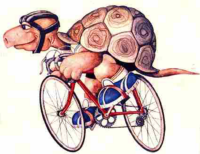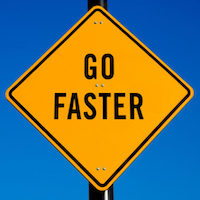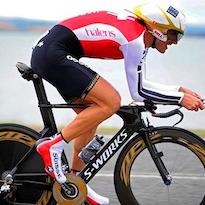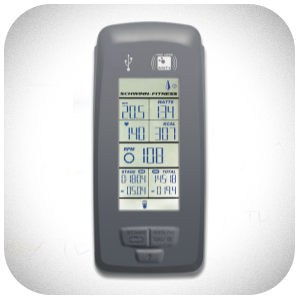Ask the Expert: Lower Cadence + Same Power = Lower Heart Rate
“I brought my heart rate up to Zones 2, 3, and 4 and then changed cadence from 88 to 75, 70, and 60, adding resistance each time to keep the power the same. I stayed at each cadence for several minutes. My heart rate dropped considerably each time I lowered my cadence while maintaining the same power output. Did my heart rate drop because we use muscle more than cardio at lower cadences or is this an issue with the bike?”Read more…









